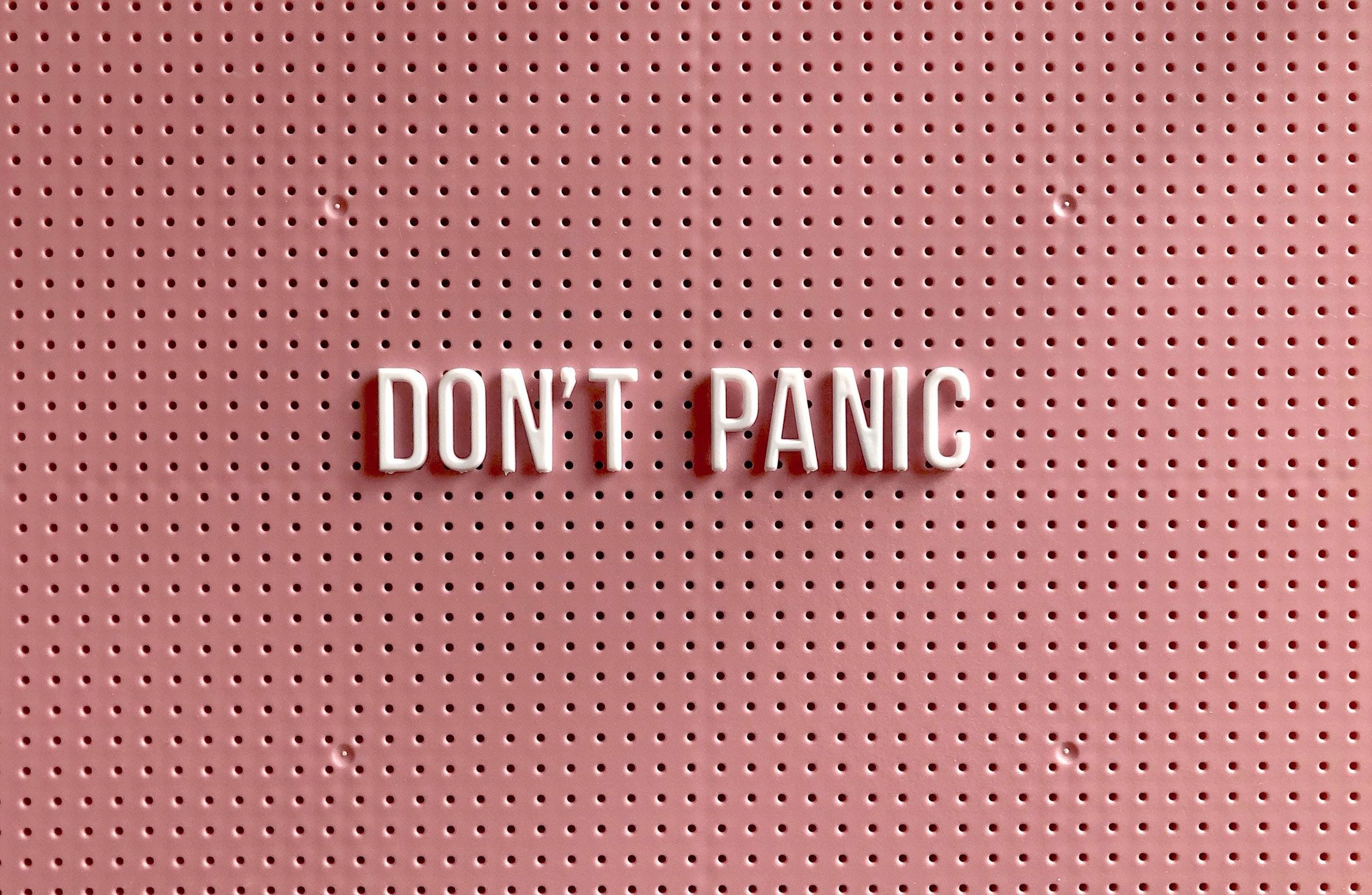
Anxiety
Anxiety is normal in all people, but anxiety can become out of balance and decrease your quality of life by severely affecting your functioning. There are different types of anxiety disorders but they share some common symptoms, which include both feelings and body sensations, such as
- Feeling nervous or worried
- Feeling helpless
- Having a sense of impending doom or panic
- Obsessing
- Shortness of breath/hyperventilating
- Sweating
- Shaking
- Increased heart rate
There are different types of anxiety disorders
Generalized anxiety disorder:
excessive worry about everyday events which intereferes with your ability to function as you would like.
Obsessive-compulsive disorder:
ruminating on irrational thoughts and fears (obsession) which compel you to perform certain repetitive behaviors (compulsions). The compulsions are the ways that you try to ease your feelings of anxiety.
Separation anxiety:
excessive amounts of anxiety caused by separating from parents or caregivers.
Post-traumatic stress disorder:
excessive anxiety and behavioral manifestations from either experiencing or being witness to a traumatic event. Symptoms may begin soon after the event or may not appear until years later.
Specific phobias:
excessive anxiety and attempts to avoid a specific situation or object. Examples of common phobias include snakes, germs, heights, and flying. Many people have these kinds of fears, but they are not to the level of disabling symptoms as experienced by a person with this phobia.
Agoraphobia:
excessive fear of places or situations where you feel helpless and trapped. Avoidance of these situations is the main coping strategy and can greatly affect a person’s life.
Social anxiety disorder:
a high level of fear or attempts at avoiding situations where you might be judged or embarrassed.
Selective mutism:
a failure to speak in certain situations which can greatly interfere with a person’s ability in school, work or social situations.
Panic disorder:
repeated instances of sudden, intense terror that occur very quickly. with symptoms that can include heart palpitations, chest pains and shortness of breath.
Treatment Options
Neurofeedback
Individuals with anxiety disorders typically have too many fast brain waves (High Beta) and/or insufficient slow brain waves (Alpha); these faster and slower waves are out of balance. Training protocols are aimed at increasing Alpha activity while also lowering High Beta. After training, people report more being more relaxed with less intruding feelings of rumination, worry and fear.
Counseling
Evidence-based treatment approaches for the treatment of anxiety in its various forms is offered at Bloomington Neurofeedback. Cognitive Behavioral therapy as well as other anxiety-targeted approaches such as Rational Emotive Behavior Therapy is used. Relaxation training and Mindfulness work are also part of therapy.